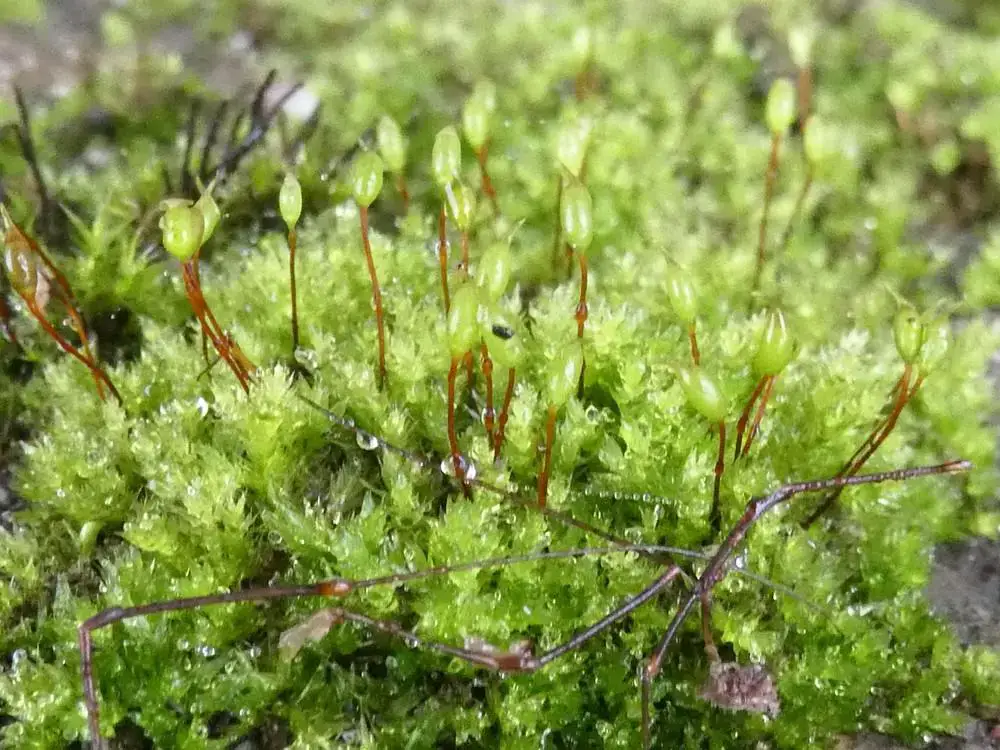
45460764.jpg from: https://waarneming.nl/foto/view/45460764
Introduction
In the vast and captivating world of bryophytes, the Rhynchostegium confertum (Dicks.) Schimp. moss stands out as a remarkable species. Belonging to the Brachytheciaceae family and commonly known as Rhynchostegium, this unassuming moss has captured the hearts of enthusiasts worldwide with its unique characteristics and ecological significance.
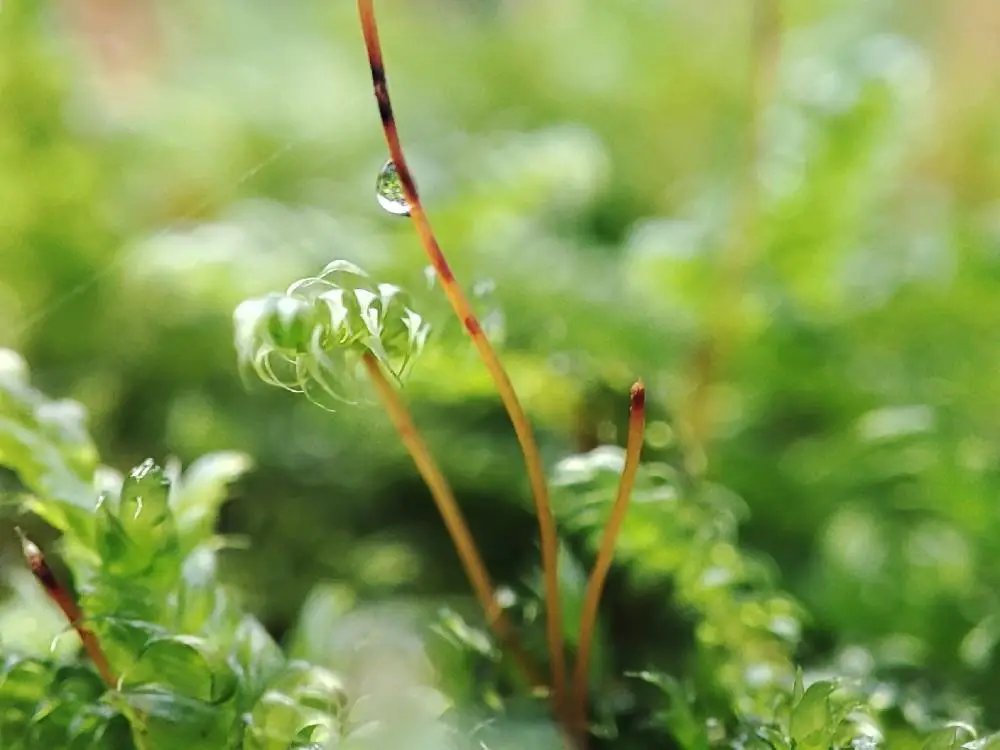
61765225.jpg from: https://observation.org/photos/61765225/
Background
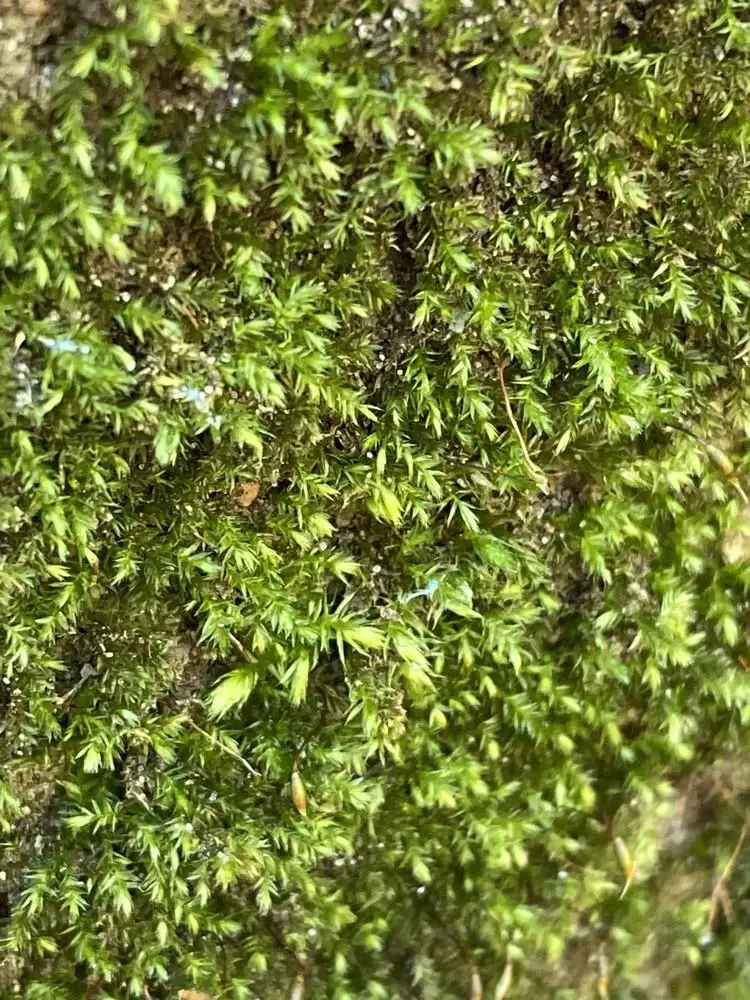
33576272.jpg from: https://waarneming.nl/waarneming/view/207961778?_popup=1
Before delving into the intricacies of this fascinating moss, let’s set the stage with a brief background. Bryophytes, often referred to as the “ancient lineage of land plants,” are a diverse group of non-vascular plants that include mosses, liverworts, and hornworts. These resilient organisms have been around for millions of years, predating even the earliest vascular plants.
Main Content
Morphology and Identification
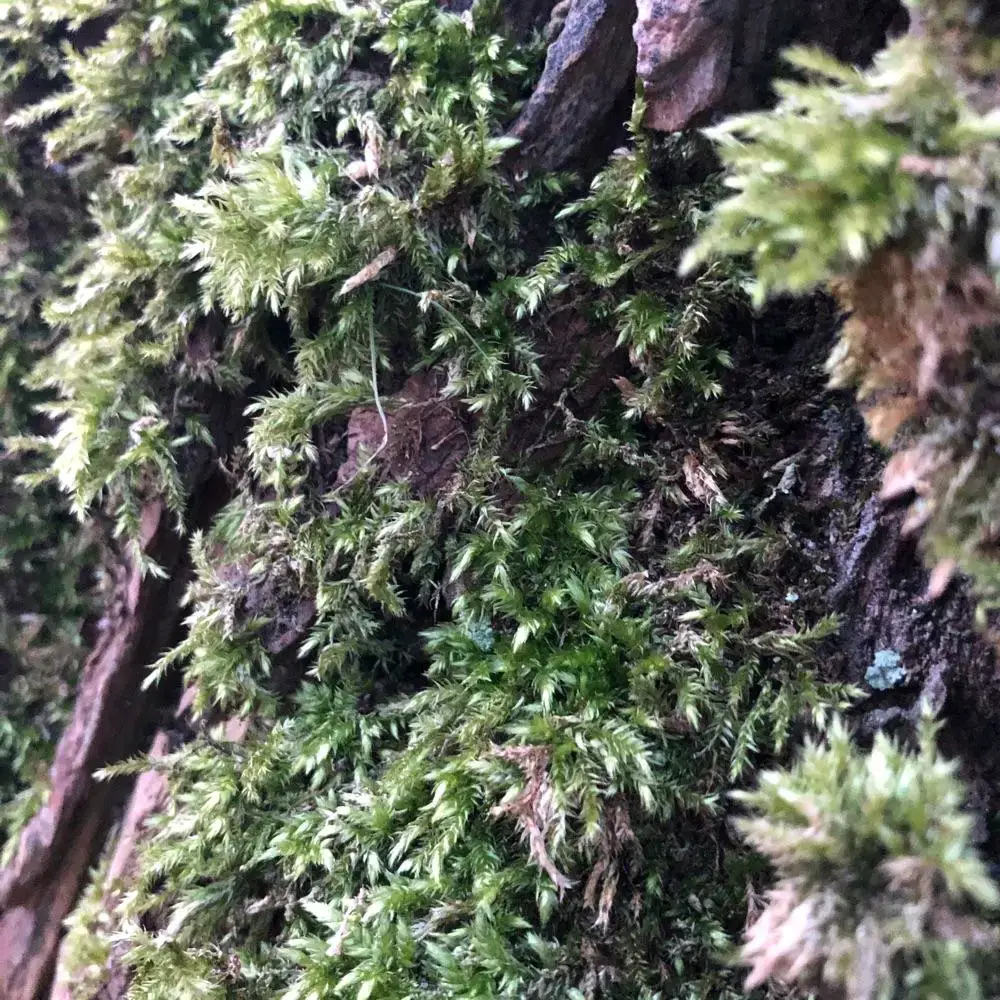
33502098.jpg from: https://waarneming.nl/waarneming/view/207719865?_popup=1
The Rhynchostegium confertum moss is a true marvel of nature. Its delicate, feathery appearance belies its remarkable ability to thrive in a wide range of habitats. This moss forms dense, green to yellowish-green mats or tufts, with slender, creeping stems that branch irregularly. The leaves are small, ovate to lanceolate in shape, and often curve inward when dry, giving the plant a distinctive appearance.
One of the key identifying features of Rhynchostegium confertum is its double-toothed leaf margins, which can be observed under a microscope. This characteristic, along with its unique leaf arrangement and stem structure, sets it apart from other moss species.
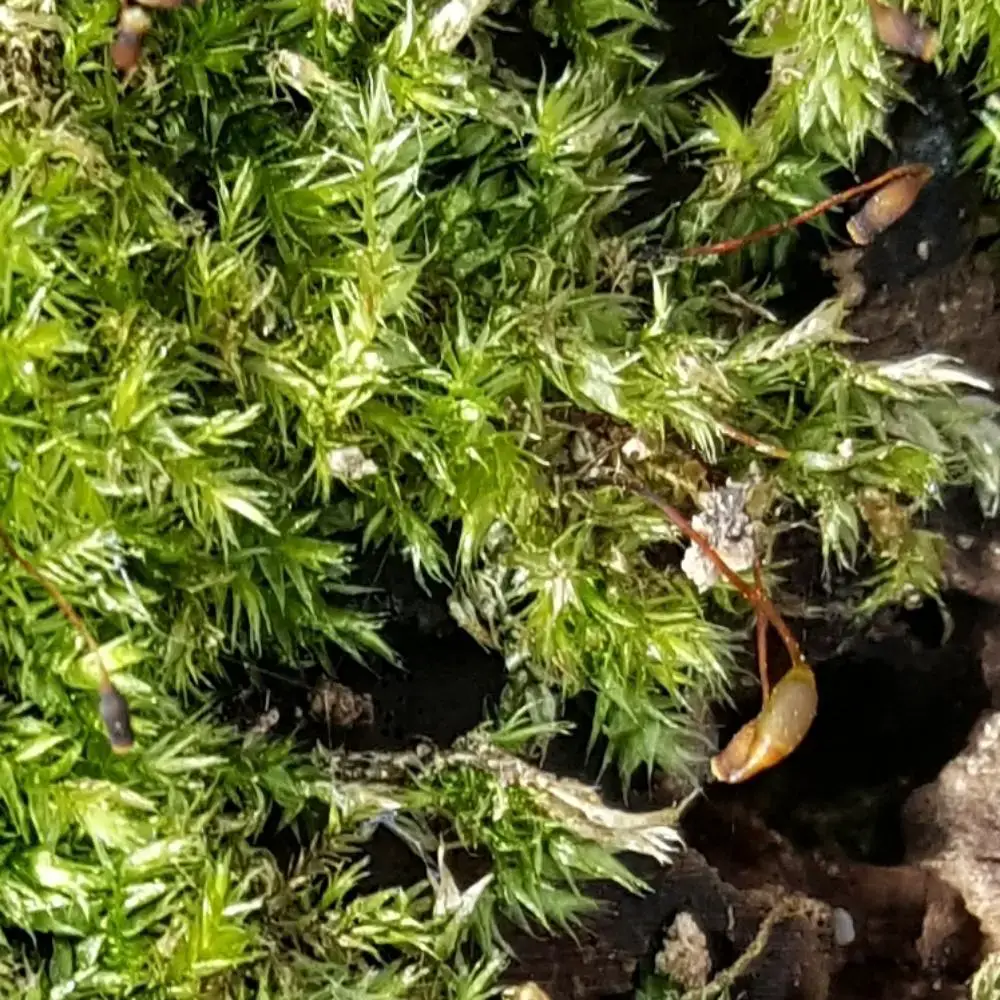
33507274.jpg from: https://waarneming.nl/waarneming/view/207737485?_popup=1
Global Distribution and Habitat
Rhynchostegium confertum is a cosmopolitan species, meaning it can be found on multiple continents around the world. It has been reported in Europe, Asia, Africa, North America, and even parts of South America. This widespread distribution is a testament to the moss’s adaptability and resilience.
In terms of habitat, Rhynchostegium confertum
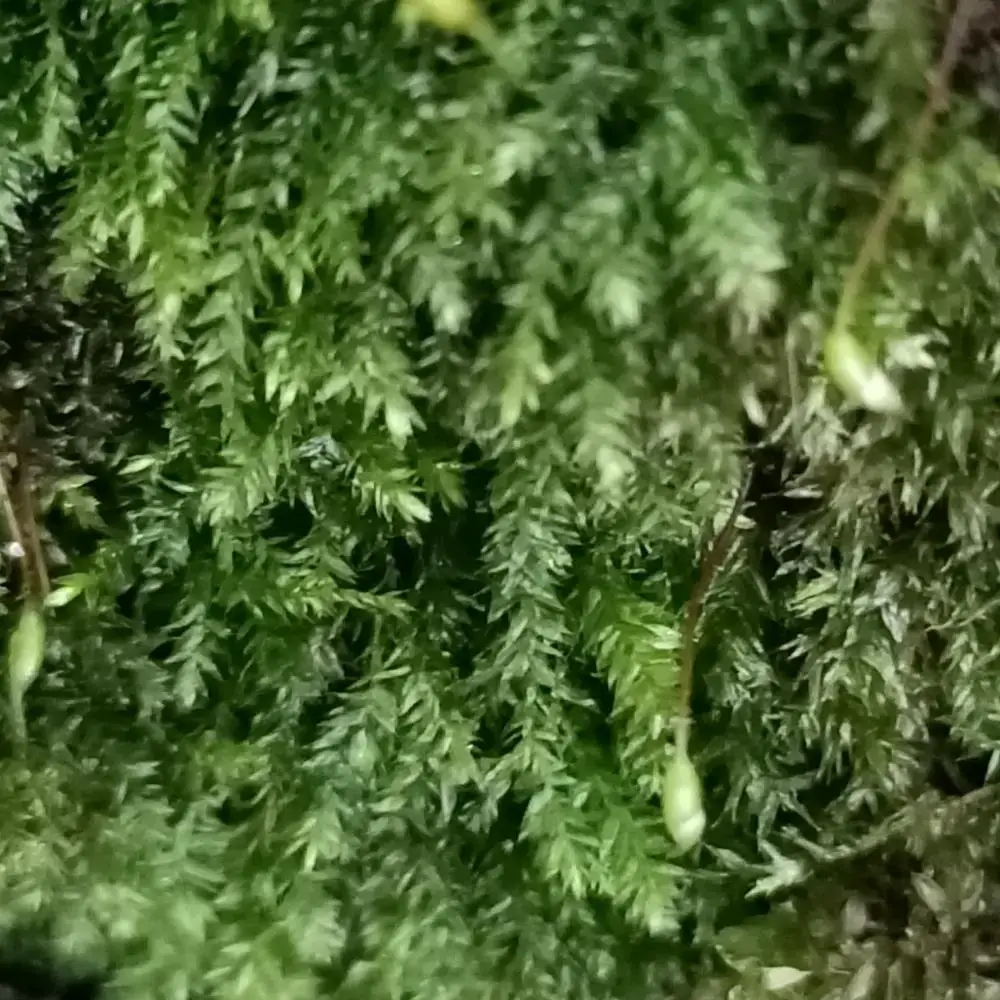
44472966.jpg from: https://waarneming.nl/waarneming/view/228717760?_popup=1
is a true generalist. It can thrive on various substrates, including soil, rocks, tree bark, and even man-made structures like walls and pavements. This moss is often found in moist, shaded environments, such as forests, woodlands, and urban areas with suitable microclimates.
Ecological Roles and Adaptations
Despite its diminutive size, Rhynchostegium confertum plays a crucial role in its ecosystem. As a pioneer species, it helps stabilize and enrich soil, creating favorable conditions for other plants to establish themselves. Additionally, this moss provides a microhabitat for numerous invertebrates, serving as a food source and shelter for various organisms.
One of the remarkable adaptations of Rhynchostegium confertum is its ability to tolerate desiccation. During dry periods, the moss can enter a state of dormancy, curling its leaves inward to conserve moisture. Once favorable conditions return, it quickly revives, showcasing its resilience and ability to survive in challenging environments.
Case Study: Urban Moss Gardens
In recent years, Rhynchostegium confertum has gained popularity in the realm of urban moss gardening. Due to its tolerance for various substrates and ability to thrive in urban environments, this moss has become a favorite among gardeners and landscapers seeking to create lush, low-maintenance green spaces.
One notable example is the Moss Garden at the Kyoto Garden
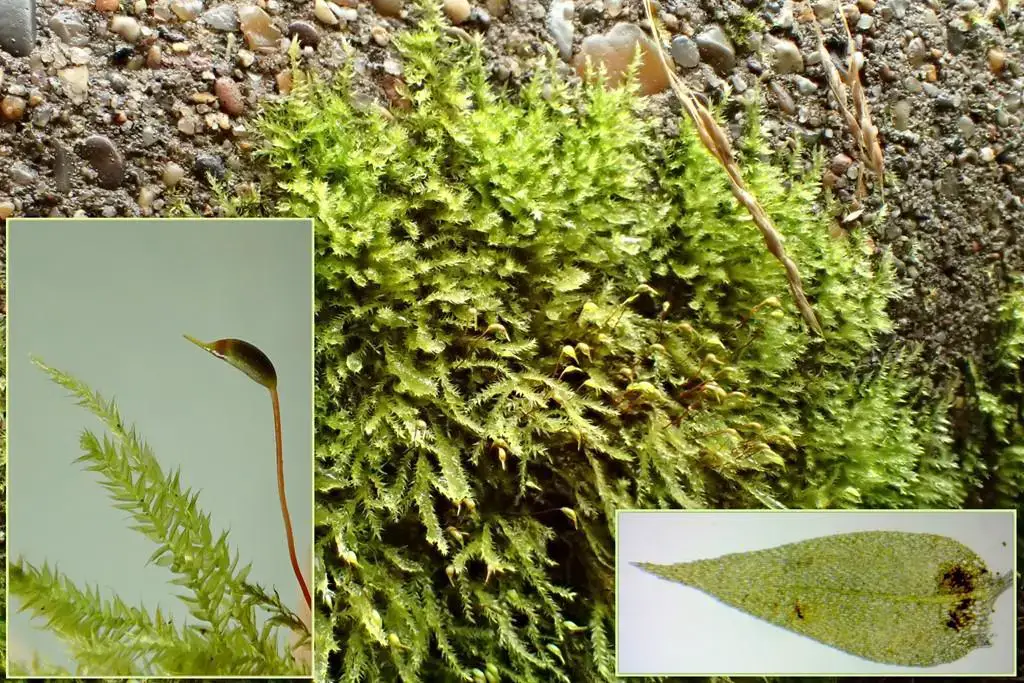
f2d00327-6759-4945-b328-671379969d06.jpg from: https://www.naturbasen.dk/art/8448/skov-langnaeb
in London, where Rhynchostegium confertum plays a prominent role in creating a serene and natural atmosphere within the city’s concrete jungle.
Technical Table
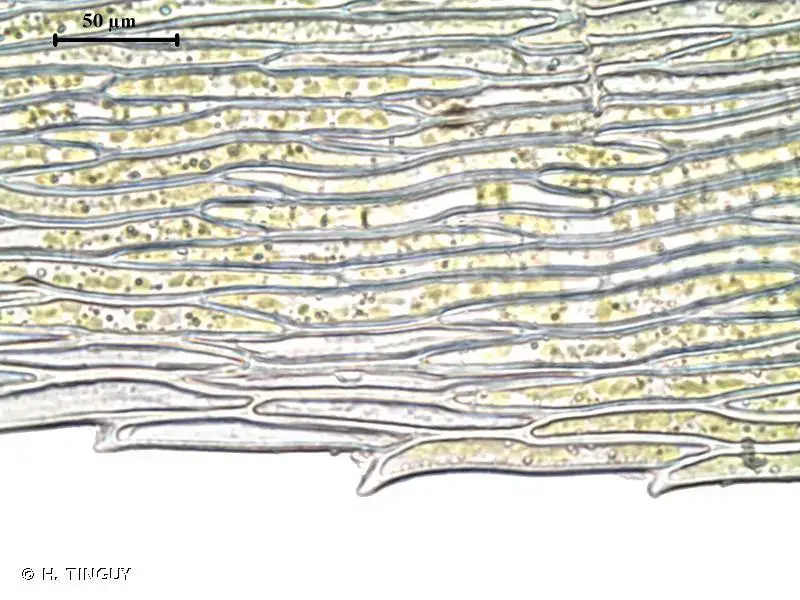
210204.jpg from: https://inpn.mnhn.fr/espece/cd_nom/5907
| Characteristic | Description |
|---|---|
| Scientific Name | Rhynchostegium confertum (Dicks.) Schimp. |
| Family | Brachytheciaceae
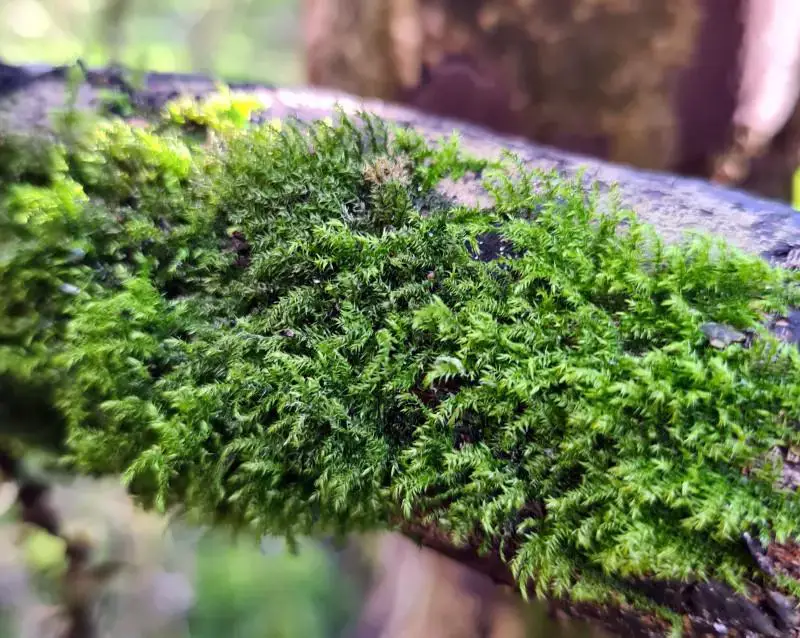 33623252.jpg from: https://waarneming.nl/waarneming/view/208136026?_popup=1 |
| Common Name | Rhynchostegium |
| Growth Form | Dense mats or tufts |
| Leaf Shape | Ovate to lanceolate |
Leaf Margin
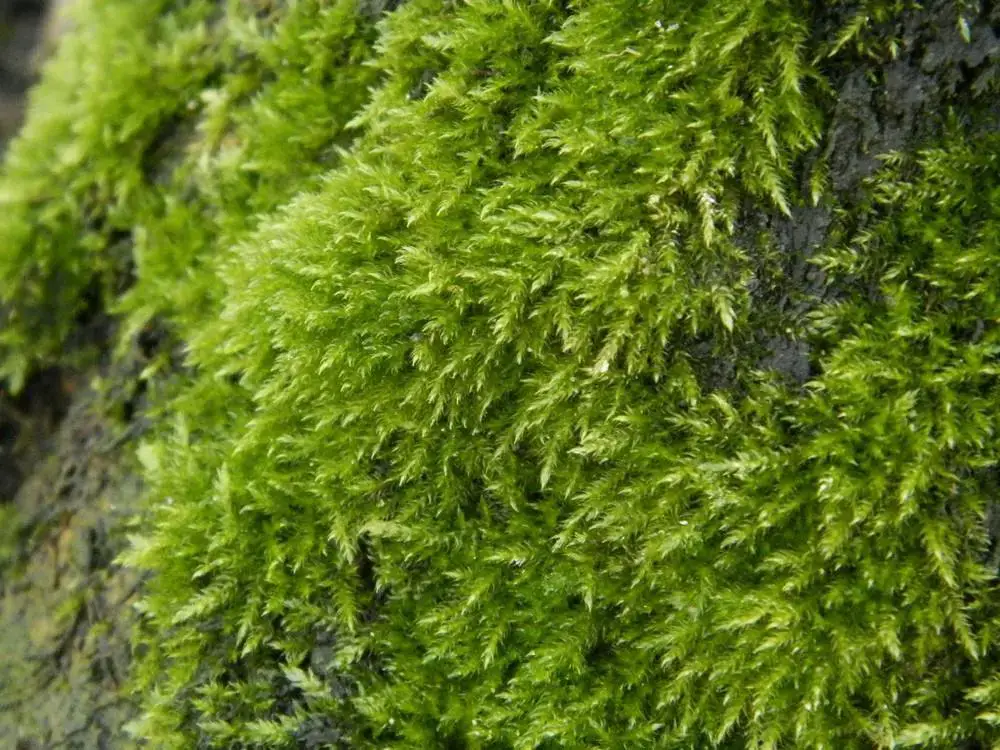 24809197.jpg from: https://waarneming.nl/observation/185194002/ |
Double-toothed |
| Habitat | Soil, rocks, tree bark, walls, pavements |
| Distribution | Cosmopolitan |
Conclusion
The Rhynchostegium confertum moss is a true testament to the resilience and adaptability of bryophytes. From its unique morphological features to its widespread distribution and ecological significance, this unassuming moss has captured the hearts of enthusiasts worldwide. As we continue to explore and appreciate the wonders of the natural world, let us ponder this thought-provoking question: What other hidden gems lie within the realm of bryophytes, waiting to be discovered and celebrated?